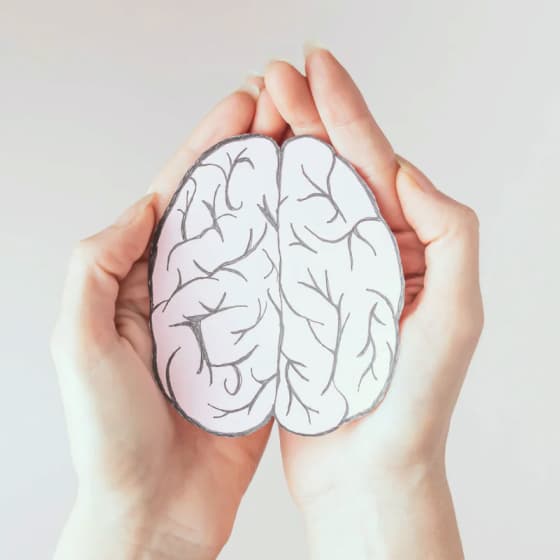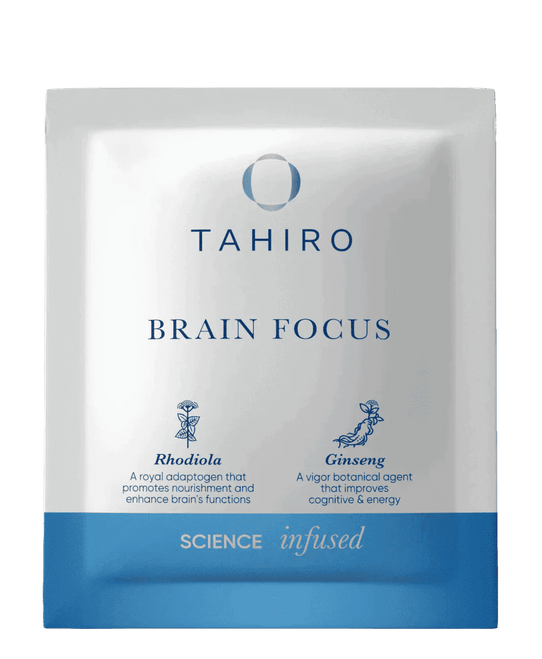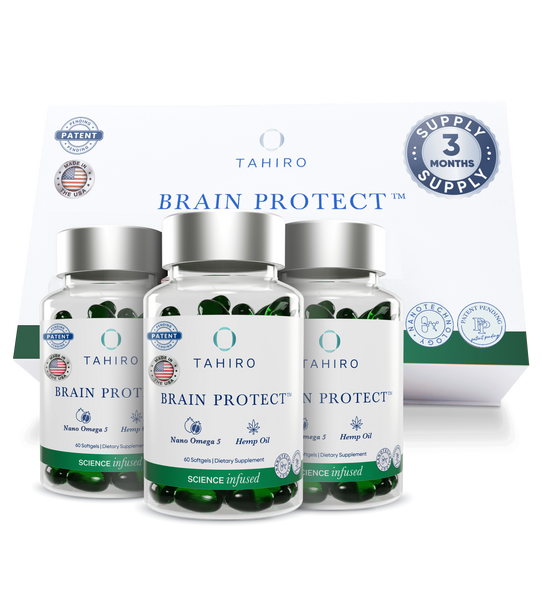It’s been a stressful year. With many countries grappling with thorny social and political issues, compounded upon by a global pandemic, it’s no surprise that so many of us are feeling strained. The American Psychological Association has declared stress to be a national mental health crisis, reporting that many Americans experienced unwanted weight changes, sleep disruptions, or other signs of worsening stress since the start of the pandemic.
Beyond its effects on mental health, stress can also have a strong impact on our biology. In this article, we’ll talk about what stress really means in a biological sense, with a particular focus on its effects on the brain.
What is stress exactly?
Stress can have multiple meanings depending on who you ask. To a psychologist, stress is a subjective mental experience. To a biologist, it is something more concrete. Stress is something that can alter nearly every aspect of your biology, including how your cells repair damaged DNA, degrade misfolded proteins, or keep cancer at bay. It even impacts the process of aging.
Stress is one of our most primitive emotions. It is tied to our flight-or-fight response, an instinct that evolved to protect our ancestors from predators and other dangers.
When you realize you forgot an important deadline at work, the same basic circuits are being activated in your body as when you ancestor encountered a lion in the wild. A racing heart, sweaty palms, and other classic signs of stress would have prepared your ancestor to fight the lion or flee to safety. In the modern day, these biological reactions are less helpful for dealing with everyday stressors.
The opposite of stress is homeostasis, also called rest-and-digest. When no danger is present, your heartrate slows, your muscles relax, and your gastrointestinal tract resumes digesting food (digestion is an energy-intensive process, so it’s paused during times of perceived danger). Periods of homeostasis are crucial for our minds and bodies to remain healthy.
The world of stress hormones
The nervous system is the key regulator of stress, so let’s talk neuroanatomy. One important term is the autonomic nervous system, which arises from neurons in your spinal cord. This system controls involuntary bodily processes, such as the activities of your internal organs. The autonomic nervous system can be further divided into two categories: the sympathetic nervous system, which is active during periods of stress, and the parasympathetic nervous system, which is active during homeostasis. When you encounter a stressful trigger, the sympathetic nervous system activates almost instantaneously, flooding your body with stress hormones called epinephrine and norepinephrine. These hormones act quickly to prepare you for potential danger by raising your heartrate and sweat levels.
A few seconds later, these hormones activate a secondary stress circuit called the hypothalamic-pituitary-adrenal axis, or HPA axis for short. As the name implies, the HPA involves three different regions.
The hypothalamus is a brain region located just above the brainstem, which senses stress hormones in the bloodstream and sends a signal to the pituitary gland, a pea-sized brain structure located behind the bridge of your nose. The pituitary is sometimes called the “master gland,” as it can signal to many of the other glands in your body as well as release its own hormones.
When it has been activated, the pituitary gland relays the signal to the adrenal glands located top of the kidneys, which in turn release another hormone called cortisol into the bloodstream. Unlike epinephrine and norepinephrine, which are meant for immediate responses, cortisol helps you respond to longer-lasting stressors. For example, it increases your blood pressure and blood sugar levels, both of which prepare you for physical exertion in the face of danger. It also inhibits less crucial processes including digestion and libido.
Your brain on stress
The hypothalamus and pituitary gland aren’t the only brain regions involved in stress. Once cortisol is released into the bloodstream, it can have widespread impacts on the rest of the brain. The hippocampus, a brain region best known for its role in memory, is particularly sensitive to cortisol. Studies have found that stress causes fewer neurons to be born in the hippocampus, and it can also alter the structure of neuronal connections. As a result, chronic stress can cause the hippocampus to become smaller over time, with some studies suggesting that memory formation can become impaired as well.
Another important brain region is the prefrontal cortex, which is important for advanced brain functions like long-term planning, impulse control, and social behavior. Chronic stress can alter neuronal connections in the prefrontal cortex and lead to gradual atrophy of this region. In contrast, another brain region called the amygdala appears to become larger with repeated stress. The amygdala is important for processing negative emotions, particularly fear and anger. A hyperactivate amygdala may contribute to anxiety or aggressive behavior.








